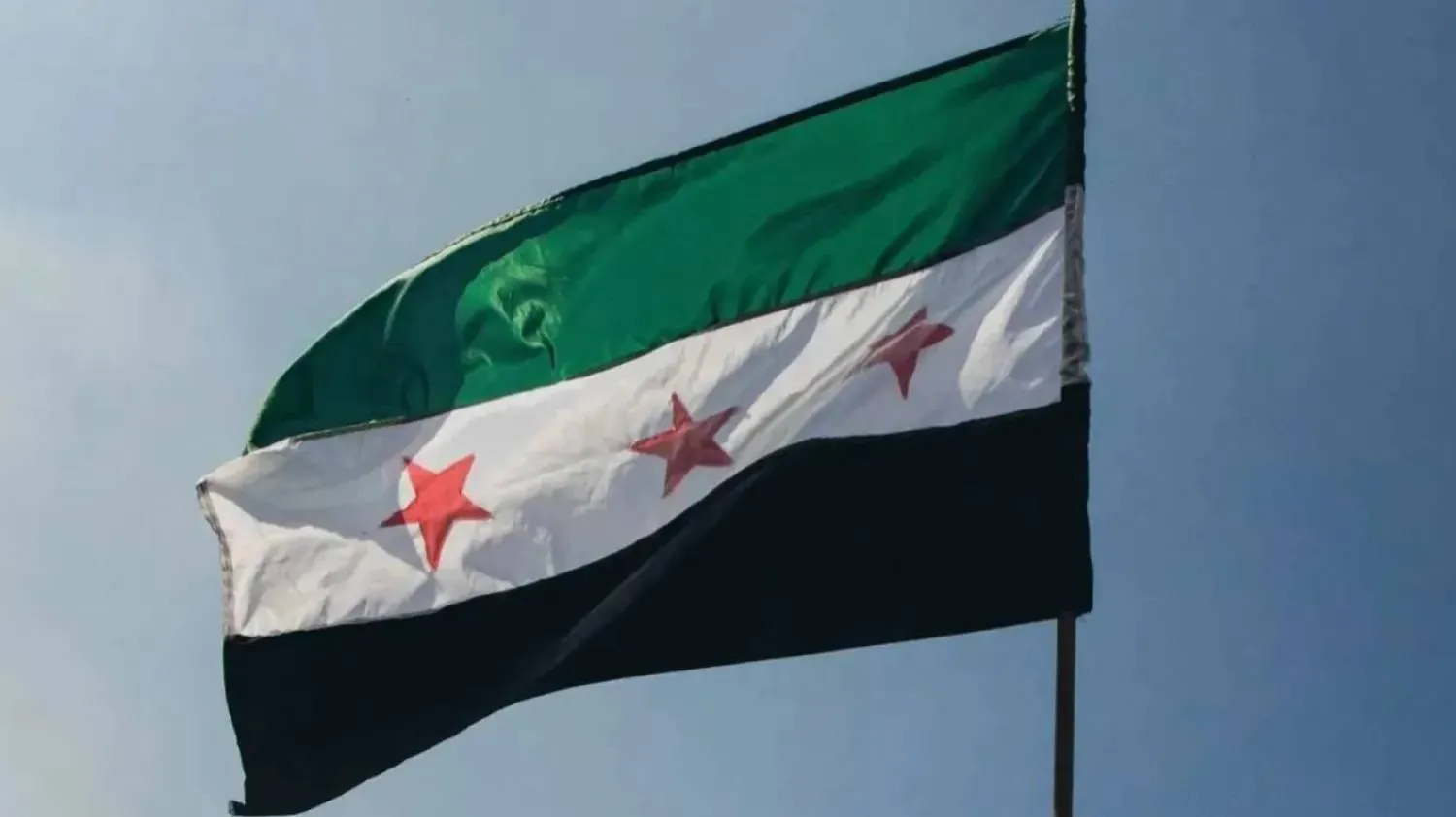The Russian roadmap to end a military escalation in Syria’s southern governorate of Daraa included several items including restoring executive authorities in the provincial capital city, also named Daraa, and forming committees for disarming and withdrawing the weapons and ammunition of opposition fighters.
Daraa regional leaders are divided over the clauses put forth by the Russian proposal, local sources reported.
The plan to end violence in the southern region peacefully, which Asharq Al-Awsat obtained a paper copy of, included forming a joint center to monitor the situation in Daraa and implement the roadmap’s stipulation.
At the center, representatives from both the Russian and Syrian defense ministries and security and intelligence officers will work together to ensure that the implementation of the roadmap is on track. Moreover, the roadmap’s clauses involved reopening police stations in Daraa and organizing joint Russian-Syrian patrols around the city.
Militants who have no desire to leave Daraa will be asked to head to a settlement center to sort out their status. However, this stipulation does not cover ISIS and al-Nusra Front militants. Army draft deserters will also have their status settled to guarantee that authorities will not pursue them in the future.
The return of official authorities and local administrations to villages and towns that recently witnessed conflict is also one of the clauses mentioned in the Russian roadmap. According to the roadmap, authorities will search for fugitives wanted by the regime and who have not settled their personal status yet.
Searches will also be conducted for weapons and ammunition depots. Joint patrols mounted by Russian military police and intelligence officers will monitor neighborhoods to ensure that the terms of the agreement are not violated. As for government agencies, the roadmap requires they secure the conditions needed for declaring amnesty for ex-militants.
They must also work with local administration agencies to rehabilitate social buildings such as schools, mosques, and water and electricity stations.









